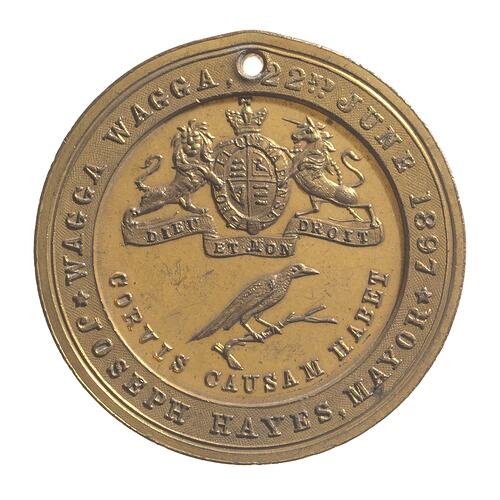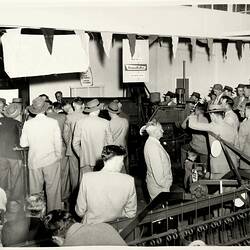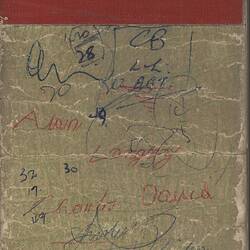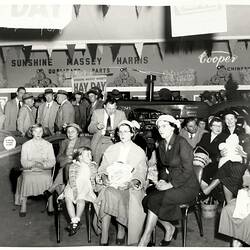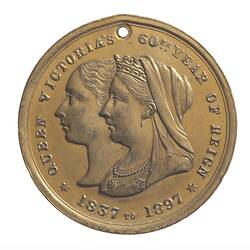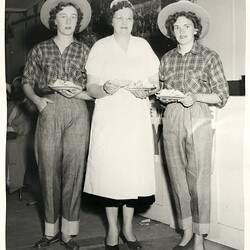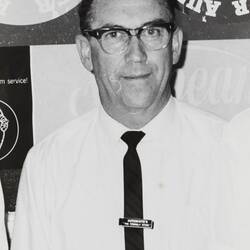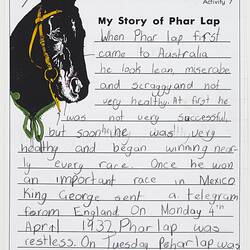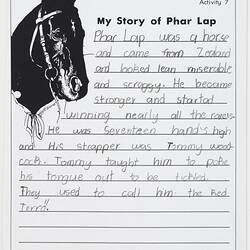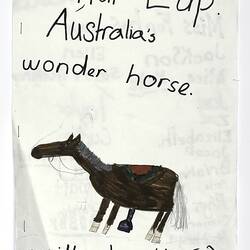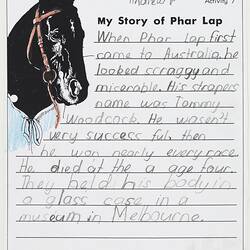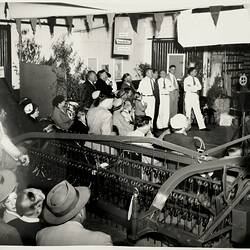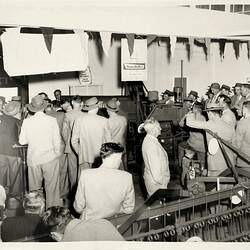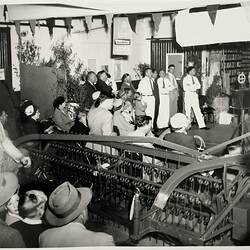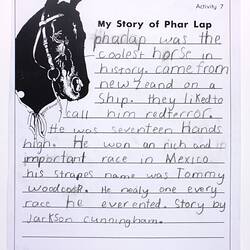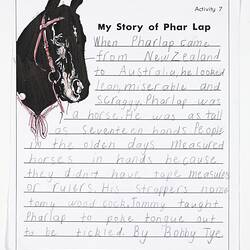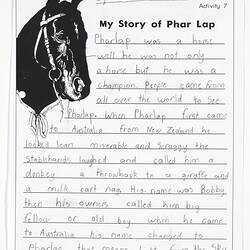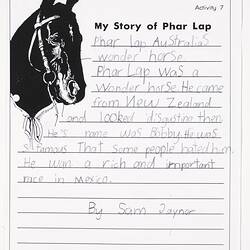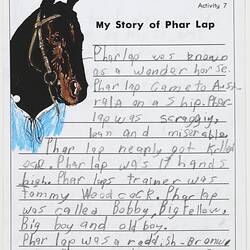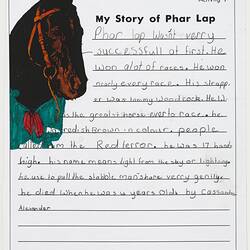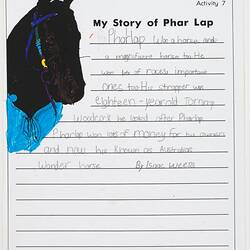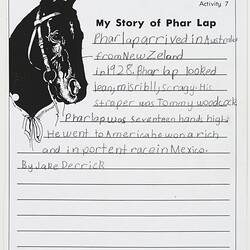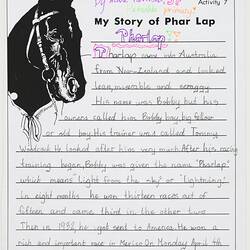Wagga Wagga, the largest inland city in New South Wales, is located approximately 480 km south-west of Sydney and 460 km north of Melbourne in New South Wales' southern riverina region.
Wagga is the local Wiradjuri word for crow and to create the plural, the Wiradjuri repeat the word. Thus Wagga Wagga translates as 'the place of many crows'.
In December 1829 Captain Charles Sturt, 39th Regiment, stationed in Sydney, with George Macleay and six others passed over the site of future Wagga Wagga on exploration of the Murrumbidgee and Murray Rivers. In 1832 Robert Holt Best and Charles Tompson established runs on south and north banks respectively of Murrumbidgee River. Settlement soon followed. In 1847 a Police Station and Court House were established.
Wagga Wagga was proclaimed a town in 1849 and in the same year surveyor Thomas Townshend marked out the town. In the 1860s the population totalled around 700; by 1881 it had increased to 3,975. In 1879 the railway line was extended south of the river.
Wagga Wagga was incorporated as a Borough in 1870. The population was then 1,000. The railway line was extended to Wagga Wagga in 1879.
A neo-classical building was constructed in Baylis Street as the seat of local government in 1881; in 1999 it became the local museum.
In 1897 the Town Council issued a medal to commemorate the Diamond Jubilee of Queen Victoria (NU 20323).
Wagga Wagga was declared a City on 17 April 1946.
On 1 January 1981 the existing City of Wagga Wagga became amalgamated with the adjoining Shires of Kyeamba and Mitchell.
References:
Wagga Wagga City Council website http://www.wagga.nsw.gov.au
More Information
-
Keywords
-
Localities
-
Authors
-
Article types
